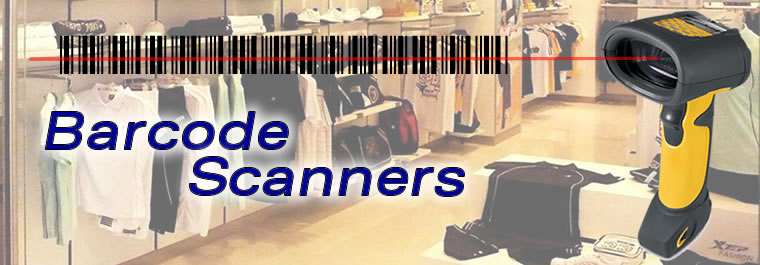LED Barcode Scanners
Light emitting diode (LED) barcode scanners are technologically different than laser or pen barcode scanners. In an LED scanner, a row of LED lights are used to measure the ambient light given off by the barcode itself, instead of measuring the light reflected from a barcode as in laser or pen readers. LED barcode scanners, sometimes called CCD (charge-coupled device) scanners have some advantages and disadvantages when compared to laser scanners.
One major difference in an LED scanner is that there are no movable parts in the scanner itself, which makes it very durable and hard to break. This makes LED scanners ideal for industrial applications and for jobs that require portability. Another advantage that LED scanners have over laser scanners is that LEDs have a life expectancy of up to ten times longer than that of a laser before they need to be replaced. Also, the light emitted from an LED is not harmful to the eyes like a laser beam. Finally, LED scanners are typically smaller and cost less than comparable laser barcode scanners. While LED scanners compare favourably with laser scanners in most applications, there are some drawbacks. First, LED scanners can only read codes that are shorter in length than the width of the scanner. Laser scanners, on the other hand can read barcodes of almost any length. Next, LED scanners have a relatively short range compared to laser scanners, requiring the user to hold the device between three and four inches above the barcode. Laser scanners can scan barcodes from as far away as thirty feet.
LED barcode scanners can interface with a computer or cash register in several ways. One of the most popular interface solutions is called the keyboard wedge system. In this configuration, the barcode scanner is connected directly to the computer. The keyboard is then connected to the barcode scanner. The keyboard can still be used to input data using the keys, but the scanner can also now send data to the computer by emulating the signals made by a keyboard and sending them to the computer. In essence, this setup tricks the computer into thinking that the data scanned in by the barcode scanner was typed into the system with the keyboard. It is also possible to connect the scanner directly to a cash register using an OCIA (Optically Coupled Interface Adapter) interface.
